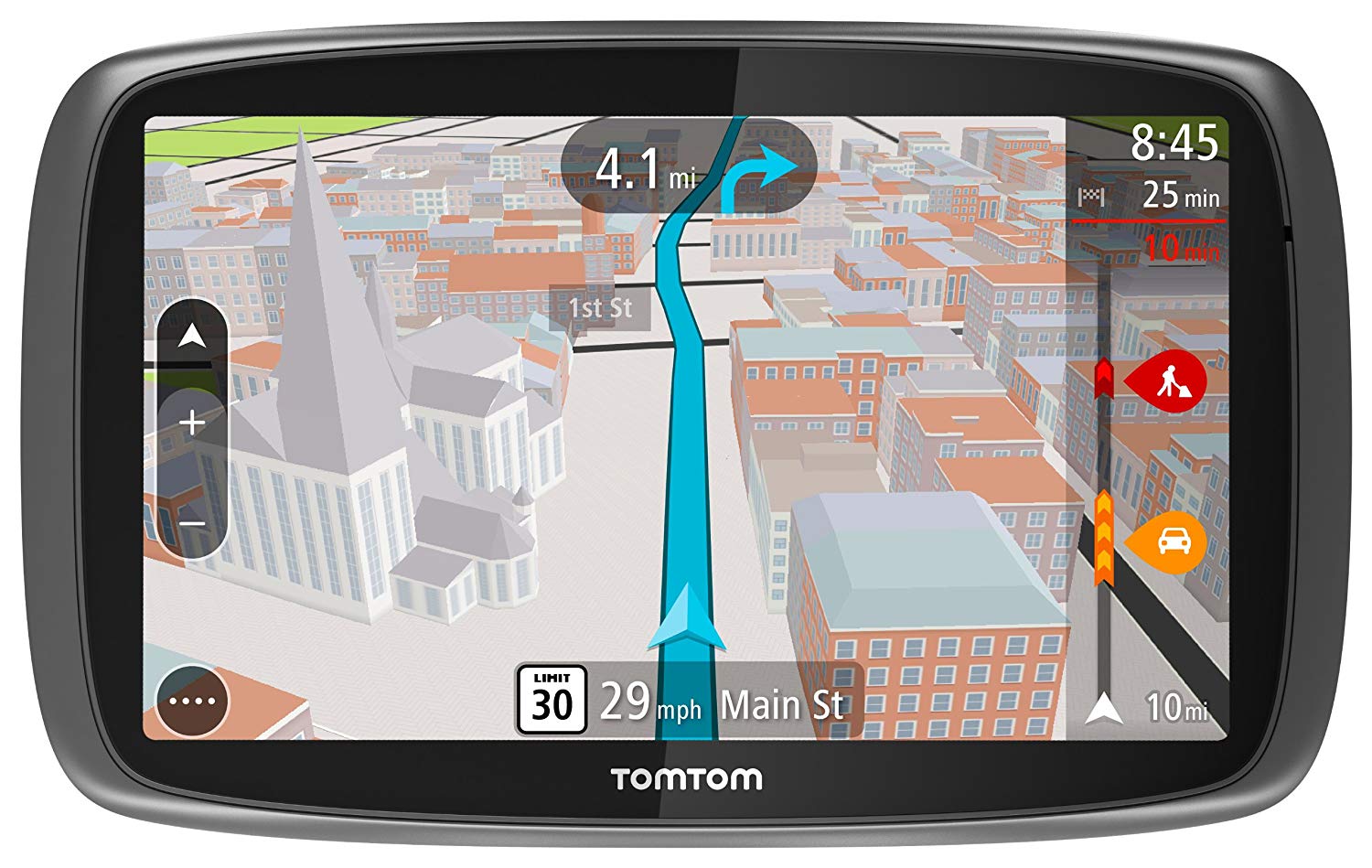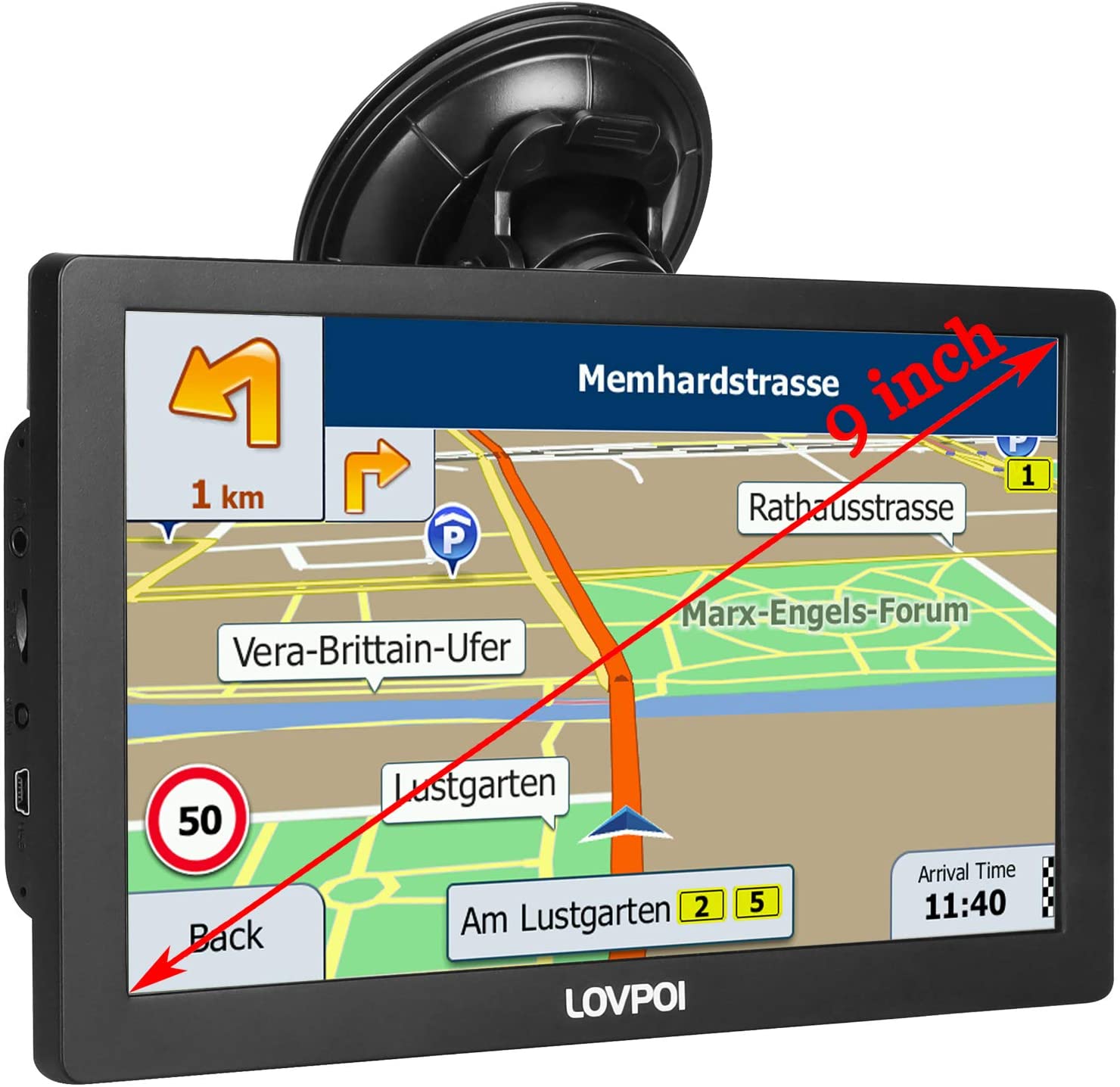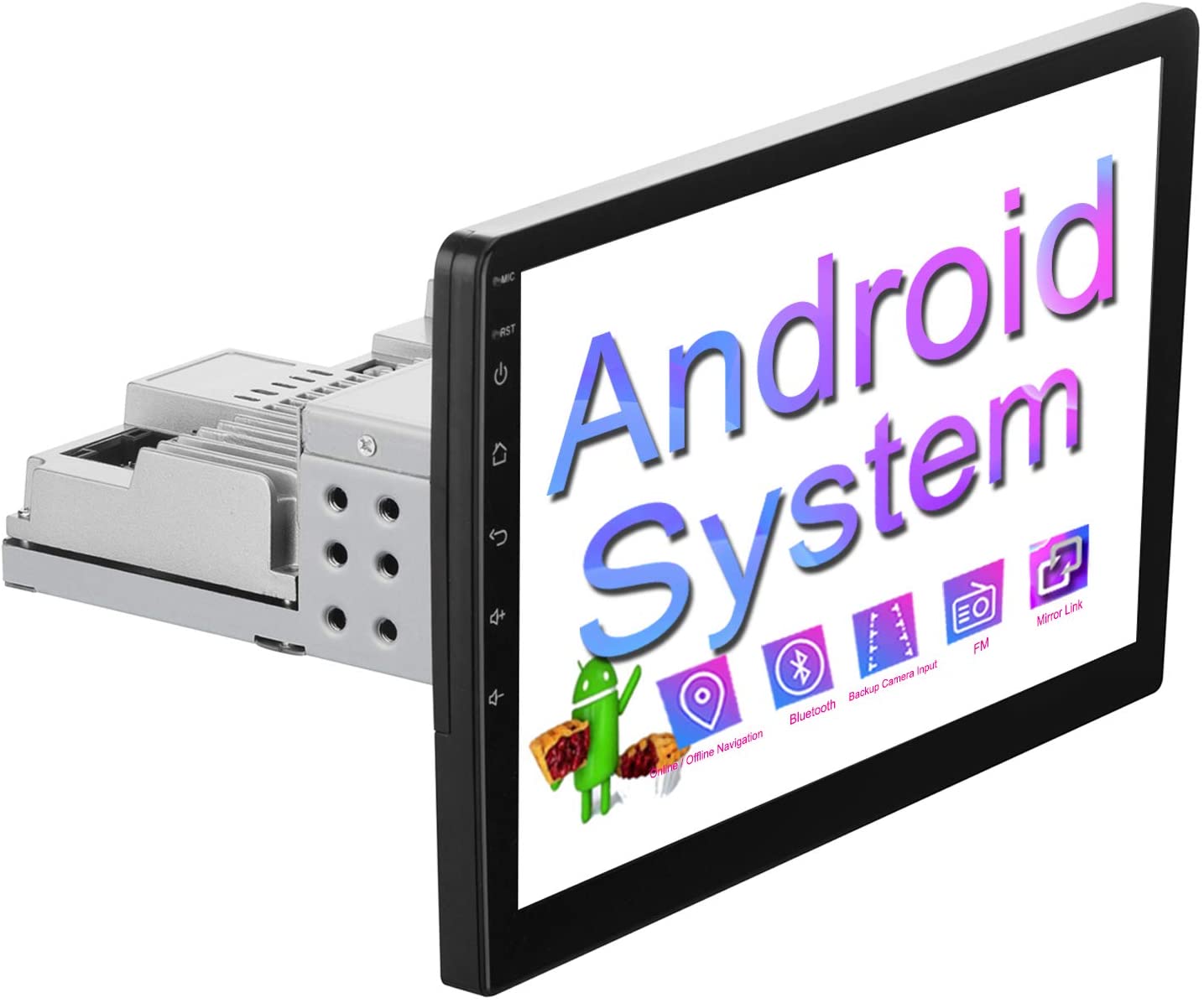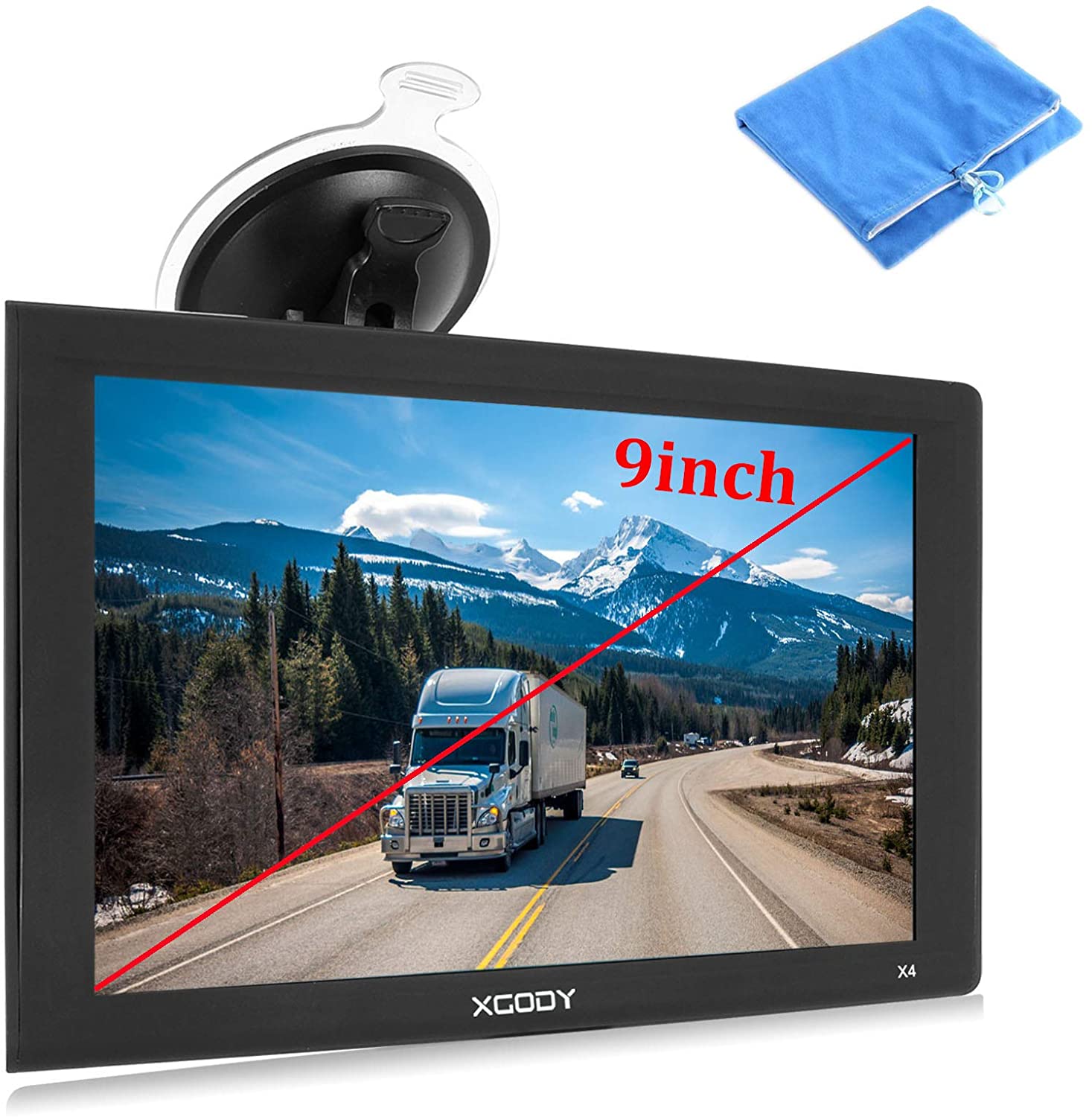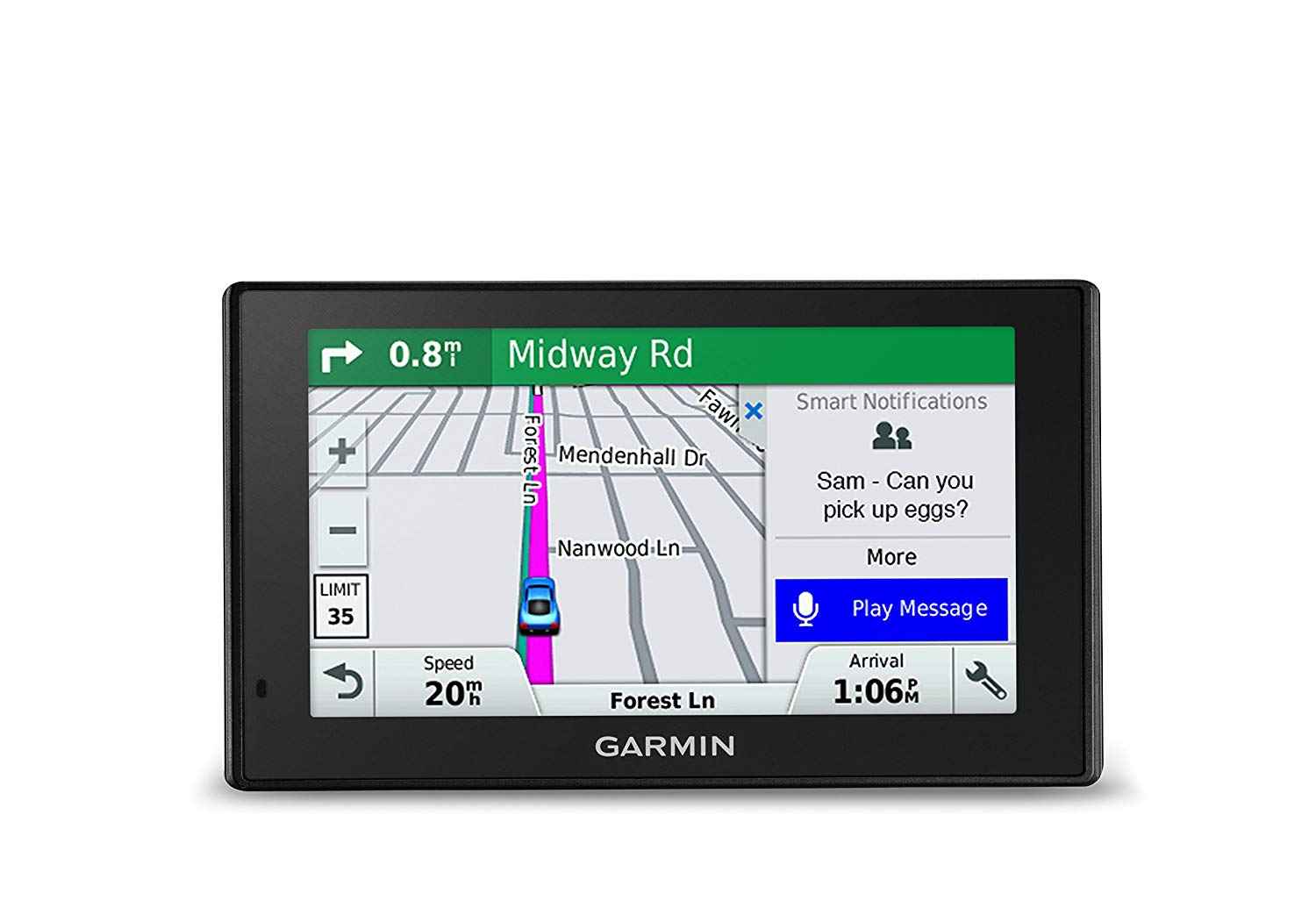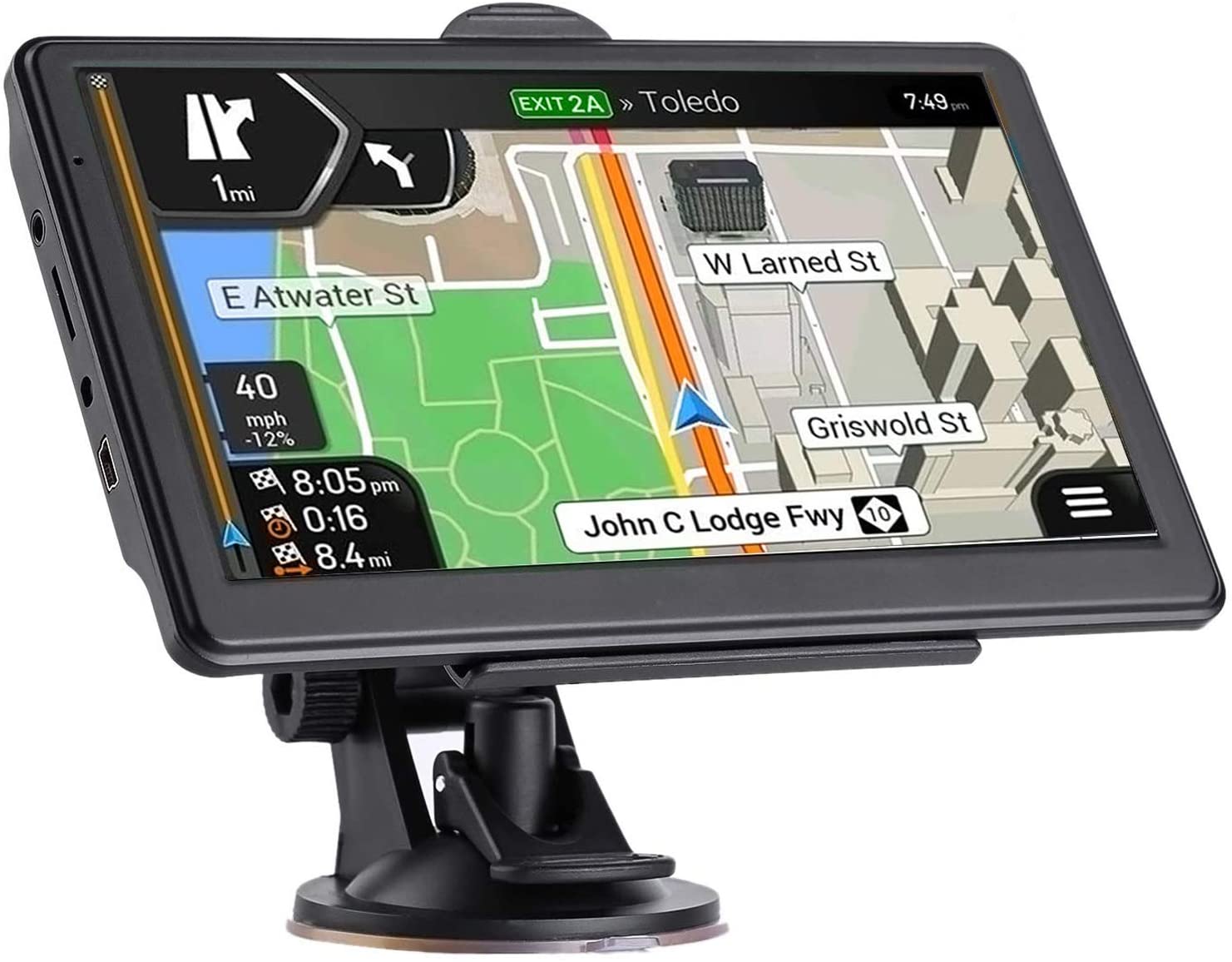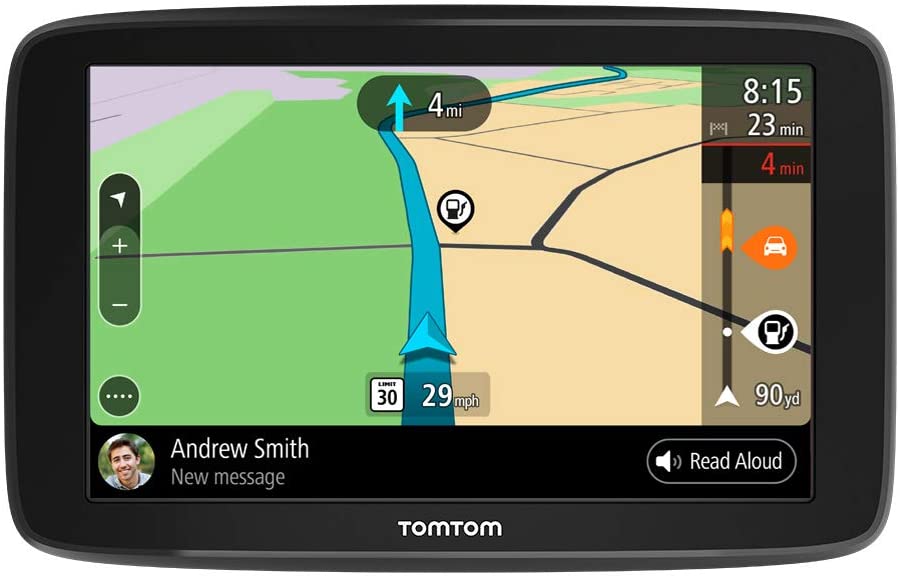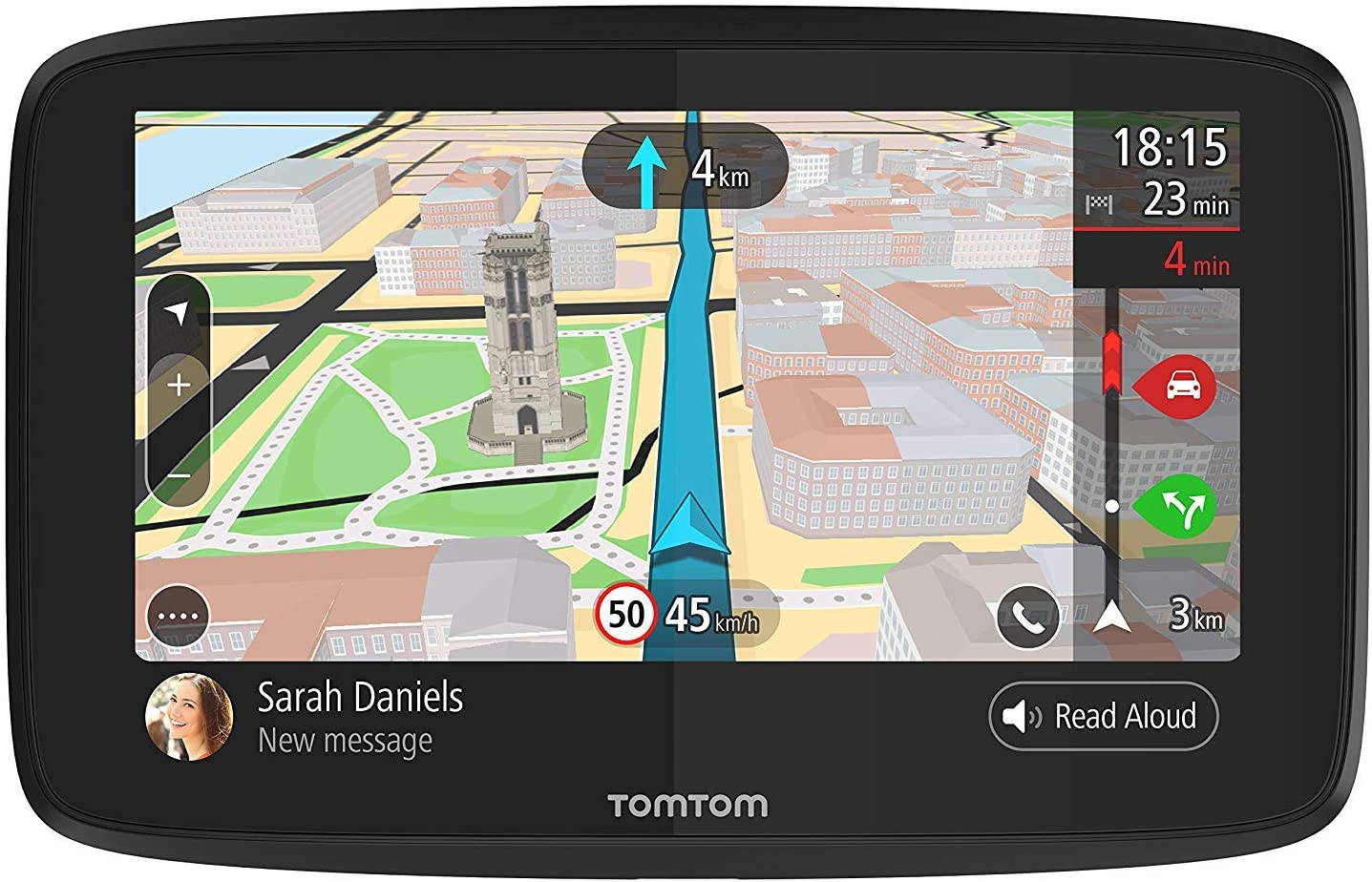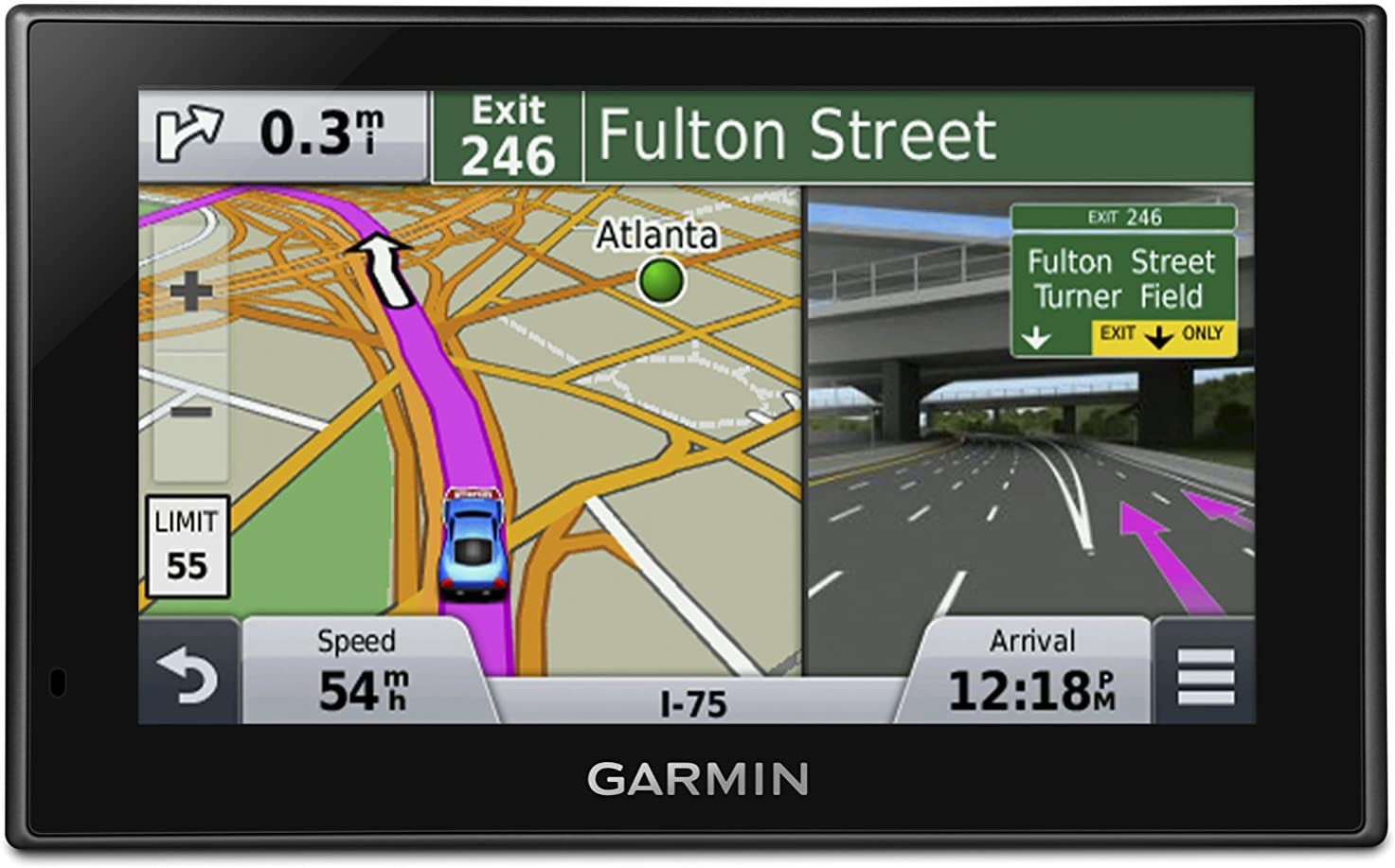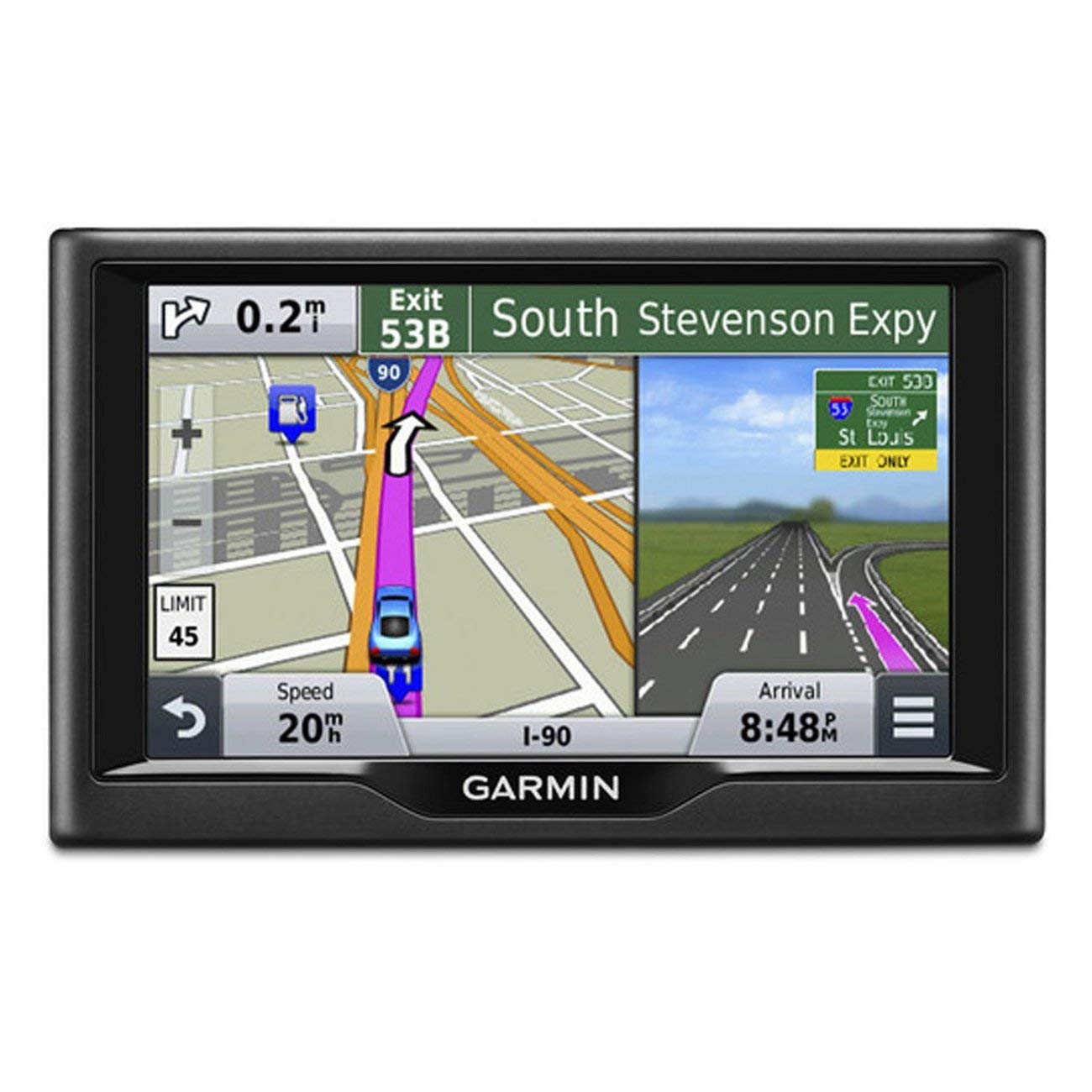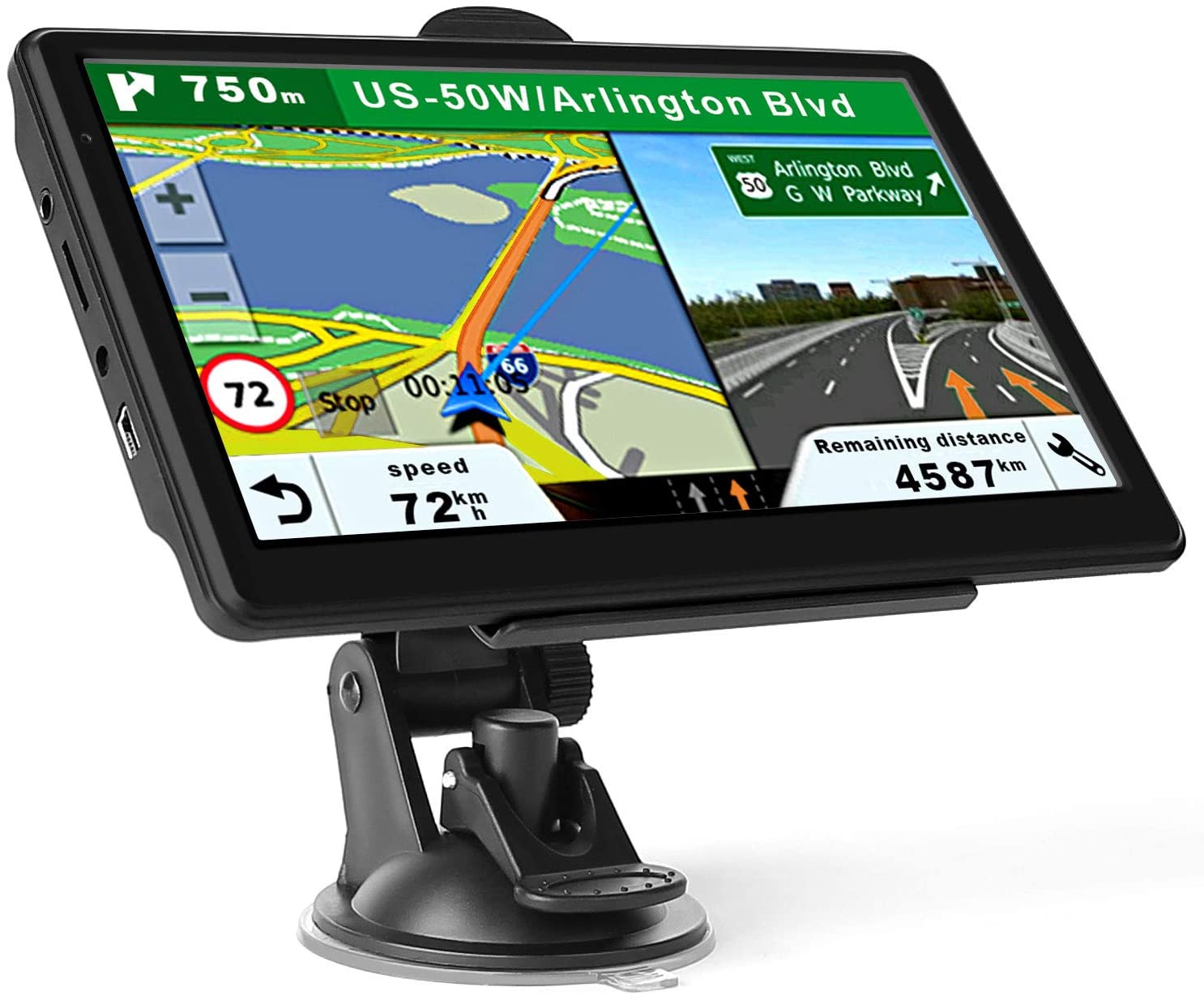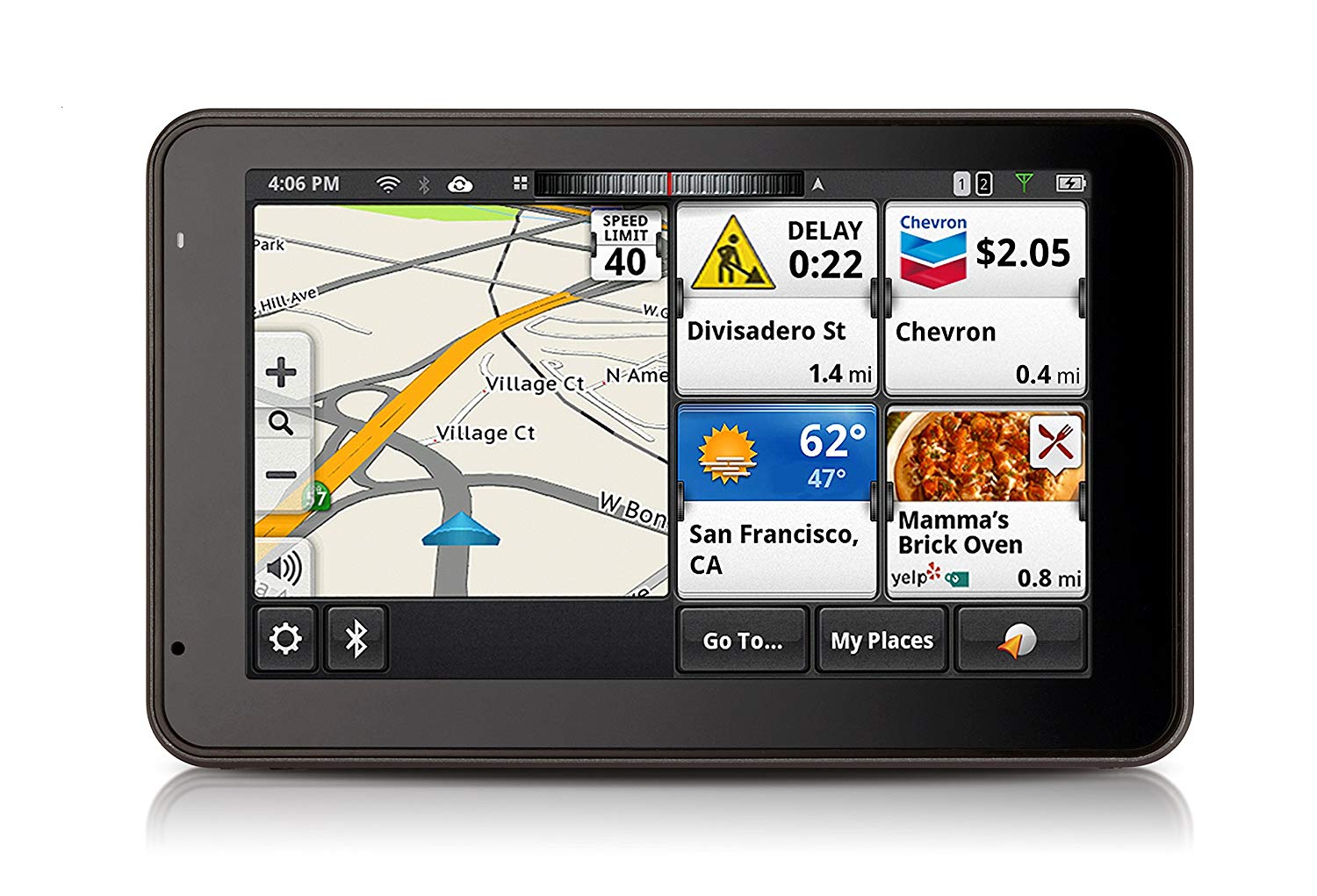TomTom GO 600 GPS
Last updated: January 3, 2019
We looked at the top Car GPS Navigation Systems and dug through the reviews from some of the most popular review sites. Through this analysis, we've determined the best Car GPS Navigation System you should buy.
Product Details
In our analysis of 14 expert reviews, the TomTom GO 600 GPS placed 0th when we looked at the top 11 products in the category. For the full ranking, see below.Expert Reviews
What reviewers liked
Speed warnings as you approach jams. Lifetime European map updates and Traffic service. Redesigned menu interface with unified search
Large touch screen. Voice control. Free traffic alerts.
Fast signal acquisition and excellent accuracy, but some owners feel the learning curve is steeper than it should be.
What reviewers didn't like
Speed camera updates still require subscription. Weather and local search not part of online services. Premium over smaller-screened GO models
Traffic alerts require linking to smartphone. Confusing voice prompts.
Must link to smartphone for traffic data, but not all phones are compatible.
View our Car GPS Navigation System buying guide for in-depth advice and recommendations.
